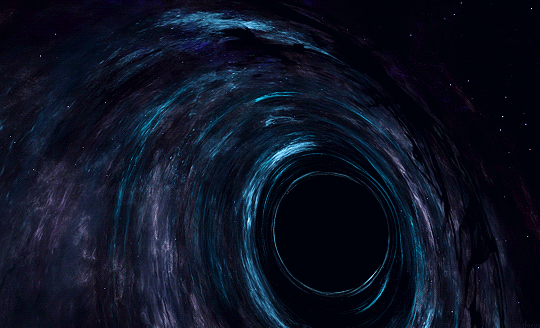

He argues that the spiral galaxy interpretation has its own problems, such as the near-perfect alignment of the feature with the core of the neighboring galaxy. Nevertheless, van Dokkum thinks his interpretation is still valid. “We still expect supermassive black holes to go for a stroll in galaxy halos, but this is simply not a good example.” “From our point of view, this is a killer of the original interpretation,” says Sánchez Almeida. According to Sánchez Almeida, a trail of stars forming in the wake a supermassive black hole shouldn’t rotate in this way. These stars’ behavior are characteristic of a spiral galaxy’s pinwheel rotation, in which the stellar speed balances the galaxy’s own gravitational attraction. “They are identical to each other.” The comparison between the stream of stars and a nearby, edge-on spiral galaxy (IC 5249), shown at top, show that both the stream and the galaxy show the same brightness signature (middle panel) and the same rotational signature (bottom panel). “Basically, I plotted the two graphs and put one on top of the other,” says team member Mireia Montes (Institute of Astrophysics of the Canaries, Spain). They then compared the position-velocity plot with that of a known spiral galaxy with similar size and mass. Taking a closer look at the original publication, Sánchez Almeida and his colleagues realized that a plot comparing the stars’ velocity and the position looked an awful lot like what they’d expect from a rotating spiral galaxy.

The stream of stars, on the other hand, is much denser than expected its mass is 100 million times that of our Sun. Jorge Sánchez Almeida (Institute of Astrophysics of the Canaries, Spain), who led the new study, explains that density of new stars in a black hole’s wake is only expected to increase by one-thousandth of what was there originally. Black holes themselves are dark, and even their influence on surrounding gas is expected to be small. It's possible for black holes to escape in this fashion, but circumstances have to be just right for them to reveal their presence. As it left, it crossed an area of dense gas and dust, its extreme gravity triggering star formation in its wake.

They proposed that a collision between galaxies had ejected the supermassive black hole at the core of one of them. However, another team has found that the linear feature looks much like an edge-on spiral galaxy, an example of which (IC 5249) is shown below.Ī weird line of stars previously thought to have formed in the wake of a supermassive black hole escaping its host galaxy might instead be a common spiral galaxy seen edge-on, a new study proposes.Įarlier this year, Pieter van Dokkum (Yale University) and colleagues were working with images from the Hubble Space Telescope when they spotted a weird trail of stars, longer than the Milky Way, emerging from a distant galaxy.

CC BY-SA 3.0 Creative Commons Attribution-Share Alike 3.Astronomers initially proposed that a linear feature discovered in a Hubble Space Telescope image taken at ultraviolet wavelengths (top) was a stream of stars whose formation was triggered by the passing of a supermassive black hole ejected from its galaxy. This licensing tag was added to this file as part of the GFDL licensing update.
BLACKHOLE GIF LICENSE
BLACKHOLE GIF FREE
GFDL GNU Free Documentation License true true A copy of the license is included in the section entitled GNU Free Documentation License.
BLACKHOLE GIF SOFTWARE
Permission is granted to copy, distribute and/or modify this document under the terms of the GNU Free Documentation License, Version 1.2 or any later version published by the Free Software Foundation with no Invariant Sections, no Front-Cover Texts, and no Back-Cover Texts. I, the copyright holder of this work, hereby publish it under the following licenses:


 0 kommentar(er)
0 kommentar(er)
